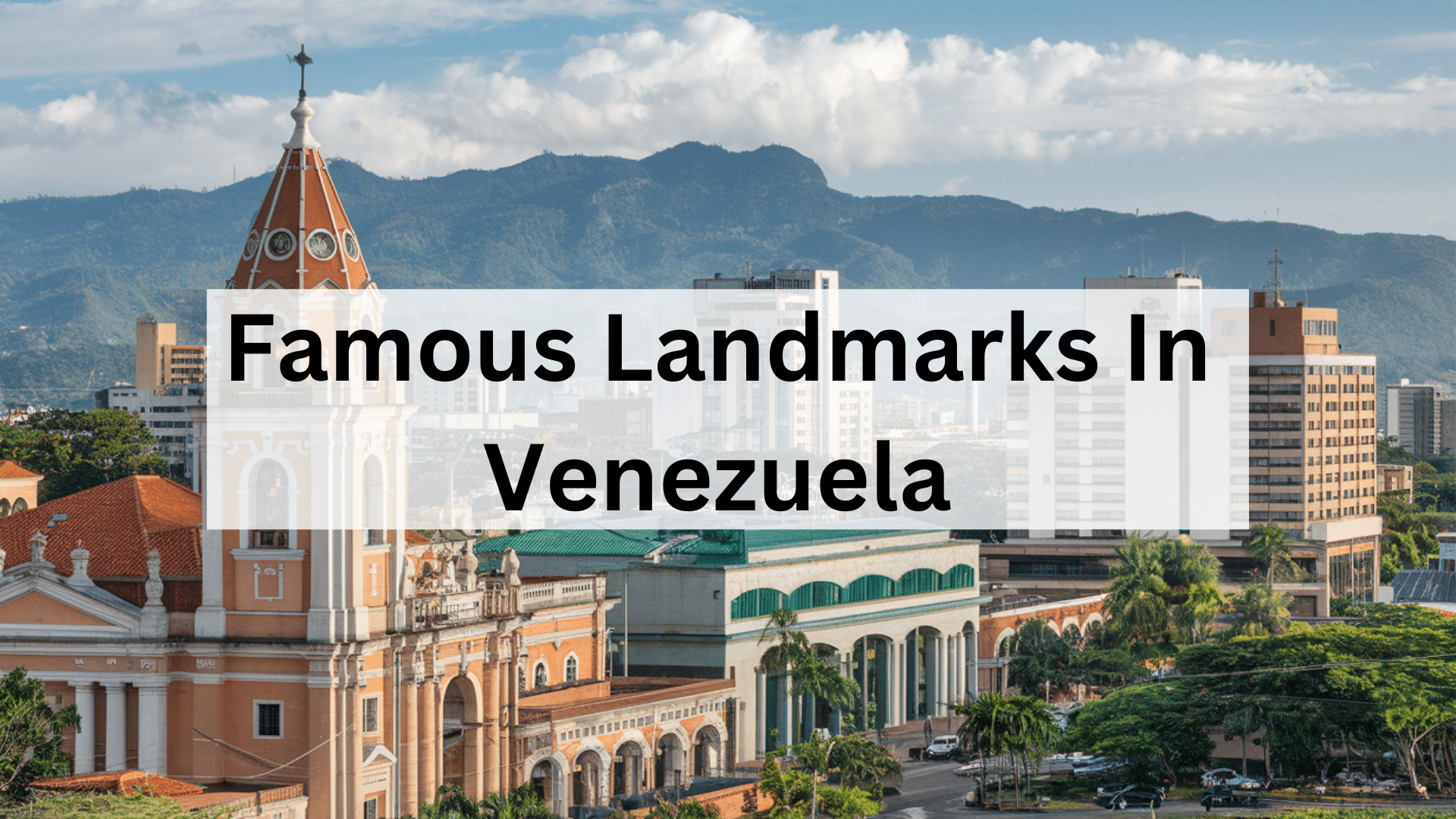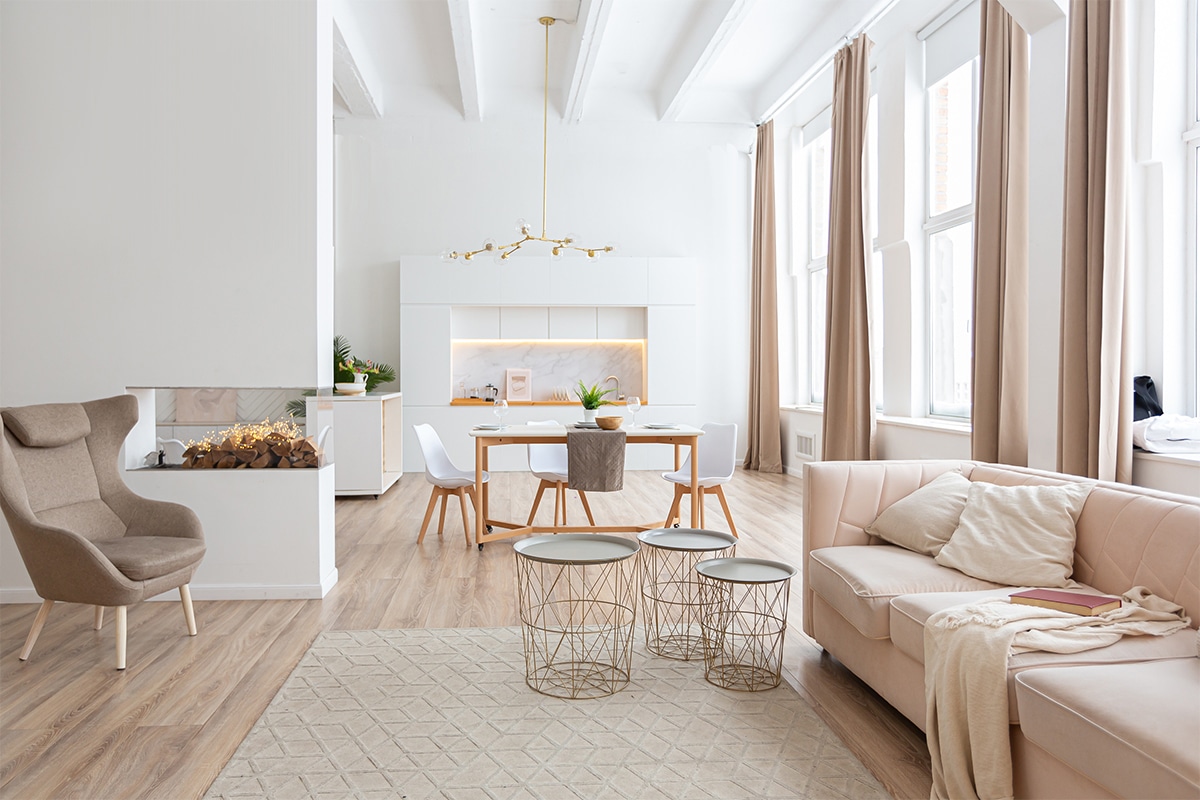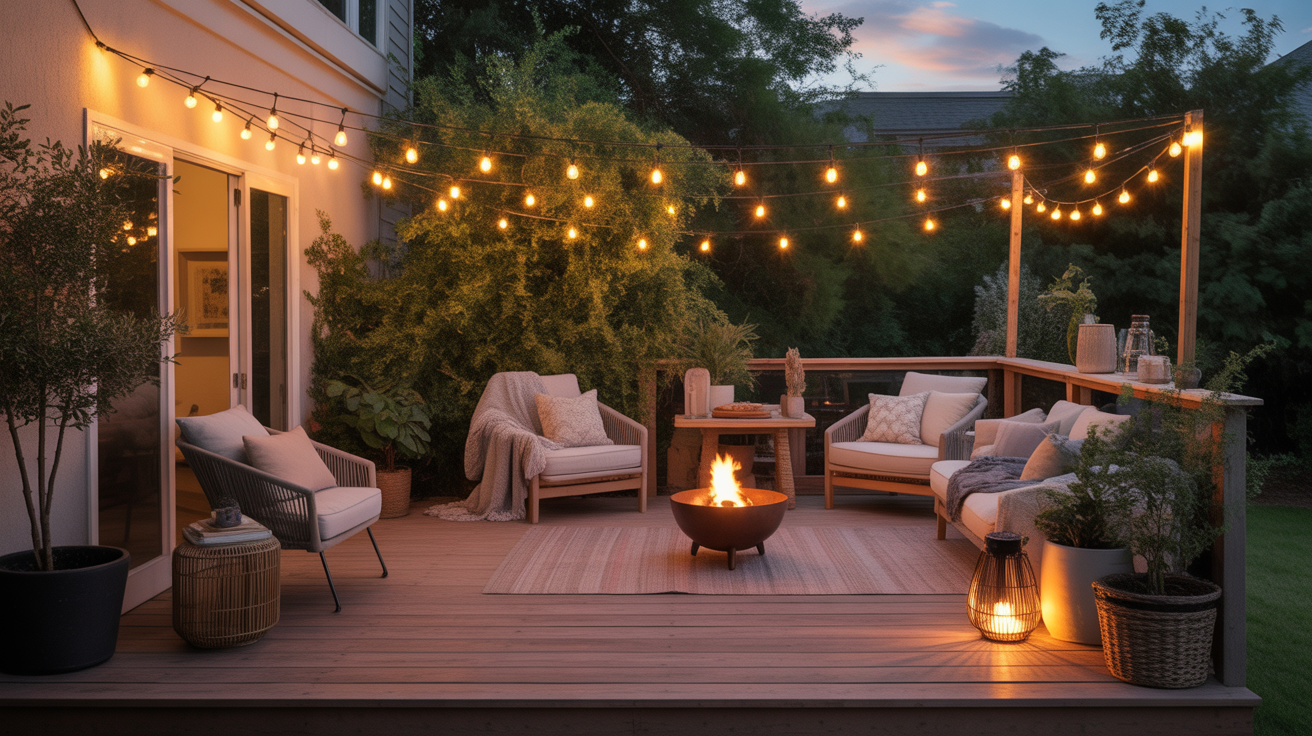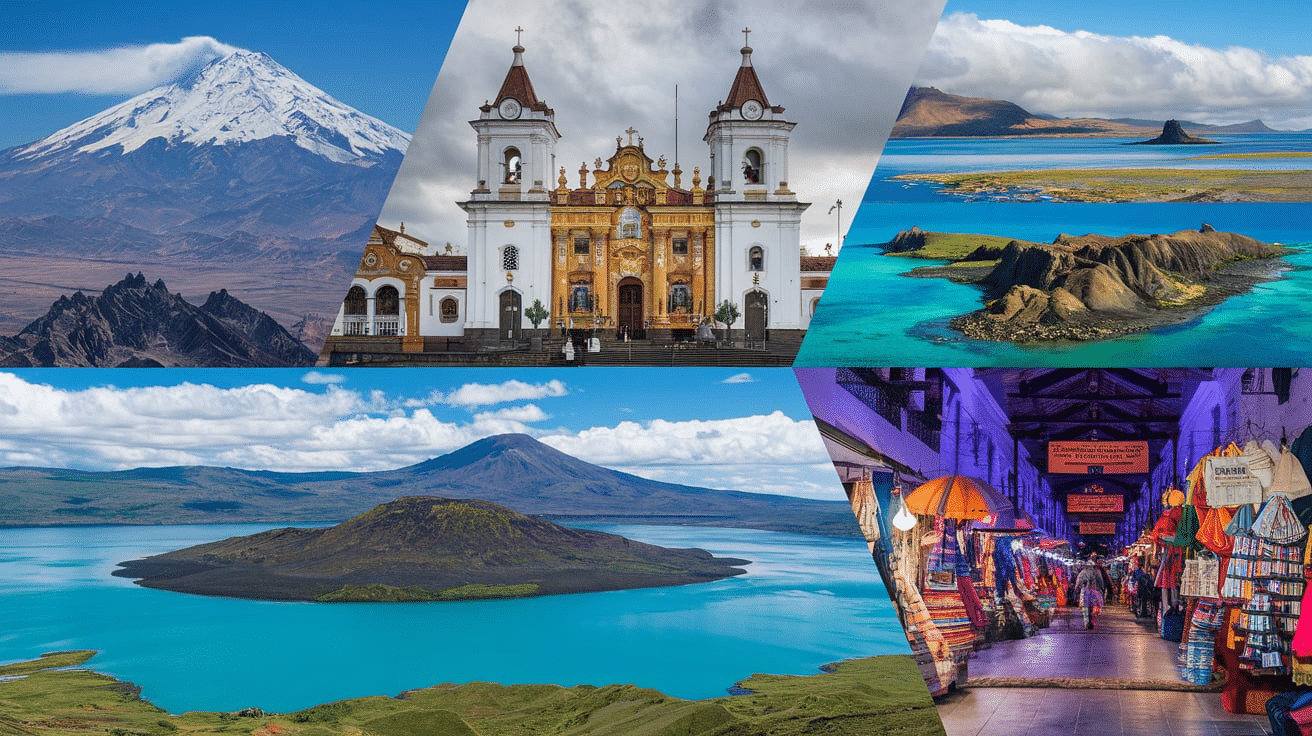17 Famous Landmarks in Venezuela that You Can’t Miss
Venezuela’s architecture offers a fascinating view into the country’s rich history, cultural diversity, and architectural evolution.
From the Spanish colonial influence seen in buildings like the National Pantheon of Venezuela to modernist creations such as the Teresa Carreño Theater, these structures reflect Venezuela’s political and social changes over centuries.
The country’s architectural landscape is a blend of European traditions with local adaptations, showcasing innovative solutions to the tropical climate.
In this blog, we learn about Venezuela’s famous landmarks, from historical landmarks and religious sites to modern structures that continue to shape the nation’s identity.
Each of these buildings carries a piece of Venezuela’s past, offering a deeper understanding of its architectural heritage.
Historical and Colonial Buildings
Venezuela’s historical and colonial architecture forms a record of the nation’s past. These structures showcase Spanish colonial influence established from the 16th century onward.
They combine European design with adaptations for Venezuela’s tropical climate.
1. National Pantheon of Venezuela – Caracas
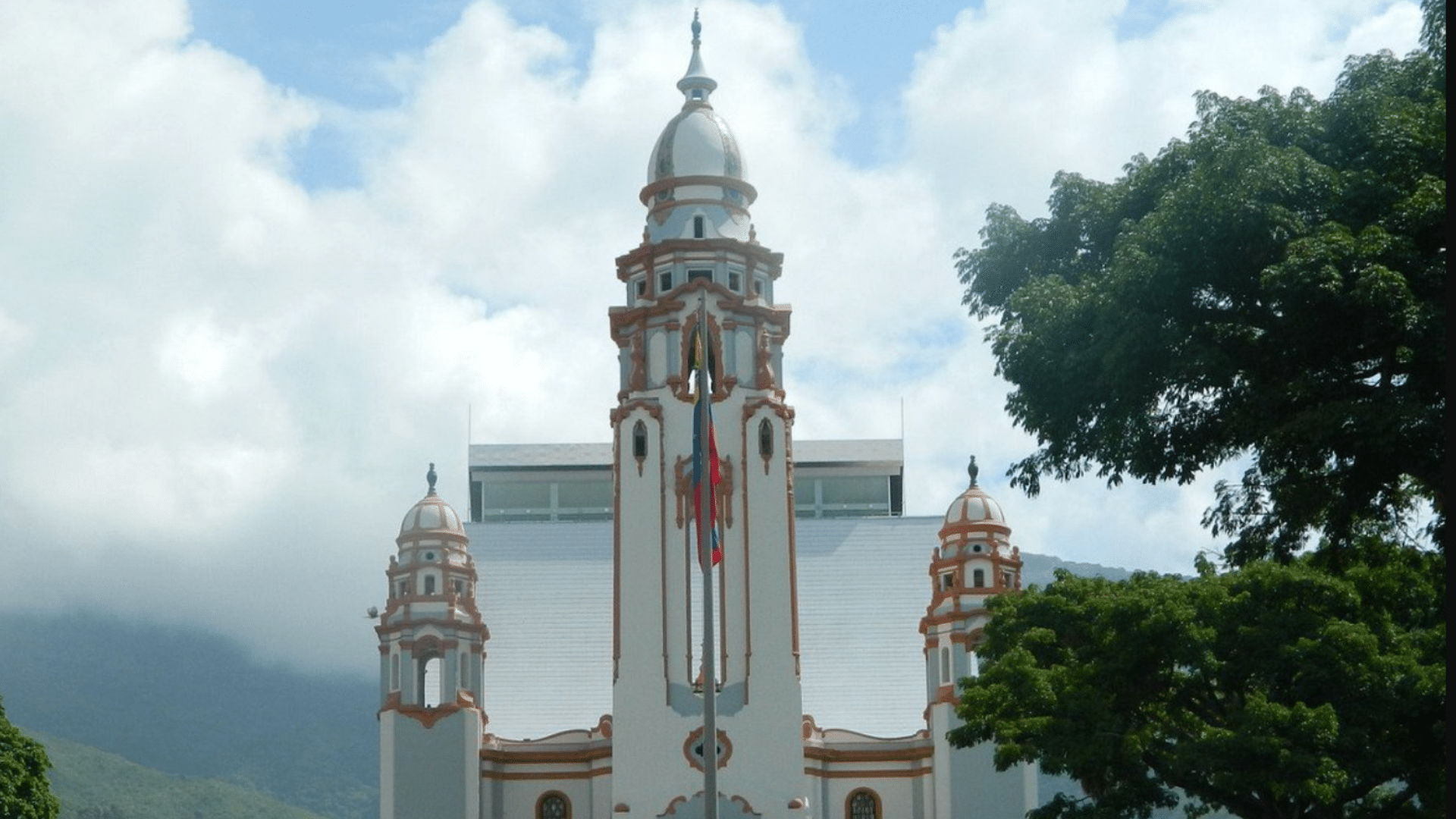
Originally built as a church in the late 17th century, this structure was transformed into a national monument in the 1870s under President Antonio Guzmán Blanco.
Today, it serves as the final resting place for Simón Bolívar and other national heroes. The building features a neoclassical façade, while its interior is known for detailed marble work and historical frescoes that honor Venezuela’s past.
2.Simón Bolívar Birthplace House – Caracas
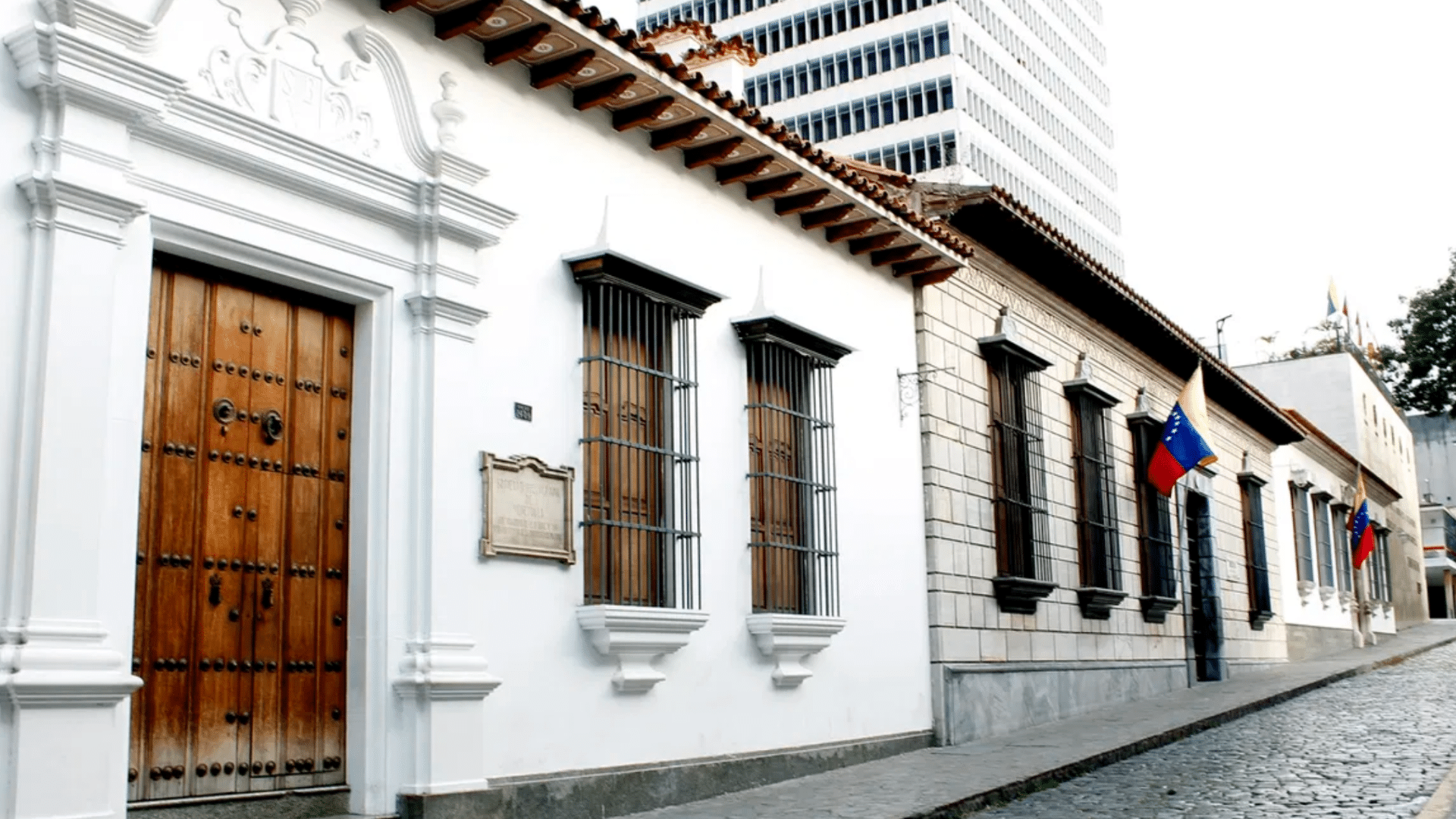
This 18th-century colonial residence is where Simón Bolívar, the liberator of Venezuela, was born. The house retains its original structure, including central courtyards that offer both beauty and function.
It now serves as a museum, filled with period furnishings and personal items related to Bolívar.
The building’s thick walls and shaded gardens reflect smart adaptations to the local climate, while clay tile roofs helped keep the interior cool in the tropical heat.
3.Casa de la Capitulación – Trujillo
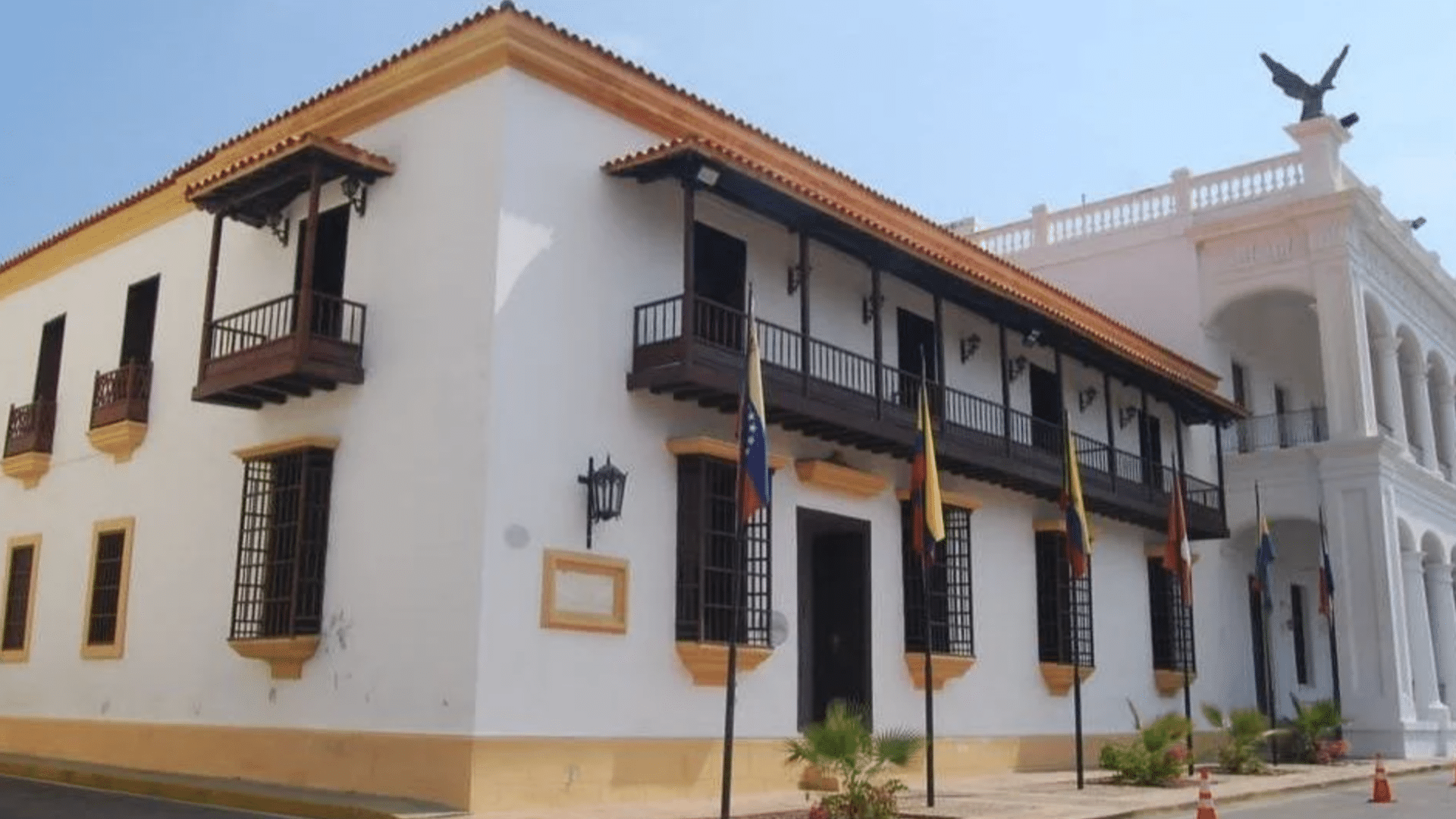
Casa de la Capitulación is the historic site where Spanish forces officially surrendered, marking a turning point in Venezuela’s fight for independence.
The building reflects typical colonial administrative design, with a symmetrical layout and a central courtyard.
Behind its plain exterior are rooms filled with meaning and national history. The structure remains in its original form and continues to serve as a valuable educational site.
4.Paseo Orinoco – Ciudad Bolívar
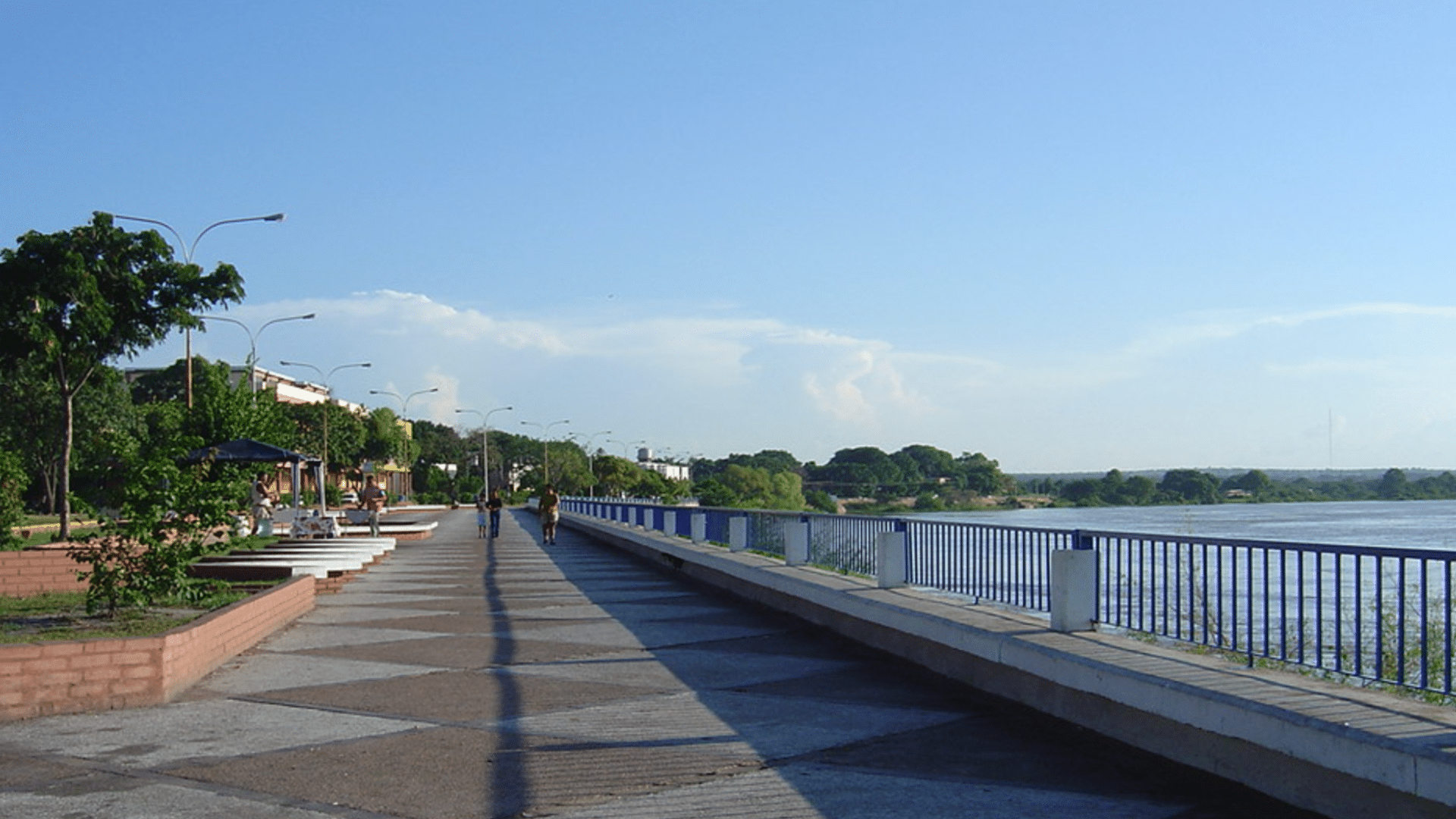
Located along the riverfront, Paseo Orinoco features a series of colonial-era buildings that once played key roles in trade and administration.
These structures supported commercial activity along the Orinoco River and are recognized by their colorful exteriors, wooden balconies, and shuttered windows.
Most of the buildings date back to the 18th and 19th centuries and were designed to handle the demands of a tropical environment while supporting local commerce.
5. Hacienda La Vega – Caracas
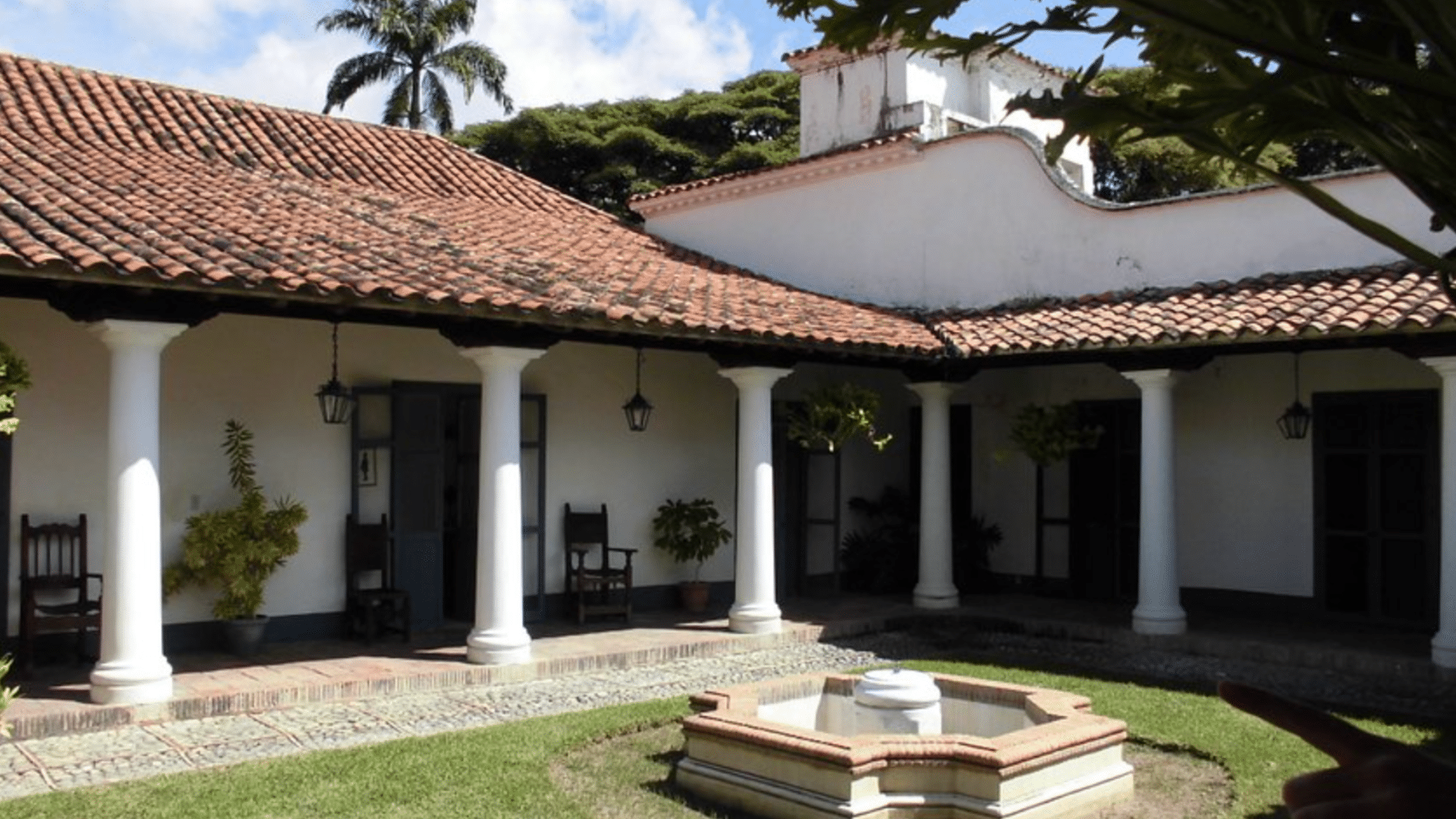
Hacienda La Vega is one of the oldest plantation homes in Venezuela, dating back to the 16th century. It was built to serve both as a residence and a center for agricultural activity.
Thick adobe walls helped manage indoor temperatures, and its layout includes interior courtyards and shaded walkways for comfort and airflow.
The chapel within the hacienda holds early examples of religious art from the colonial period. The overall design reflects the close relationship between farming life and home life during that time.
Iconic Religious Structures
Religious architecture in Venezuela reflects both Spanish colonial influence and local adaptations. These buildings serve as spiritual centers and cultural landmarks.
Many date from colonial times. They showcase architectural styles from different periods of Venezuelan history.
6. Basílica de Nuestra Señora del Valle – Margarita Island
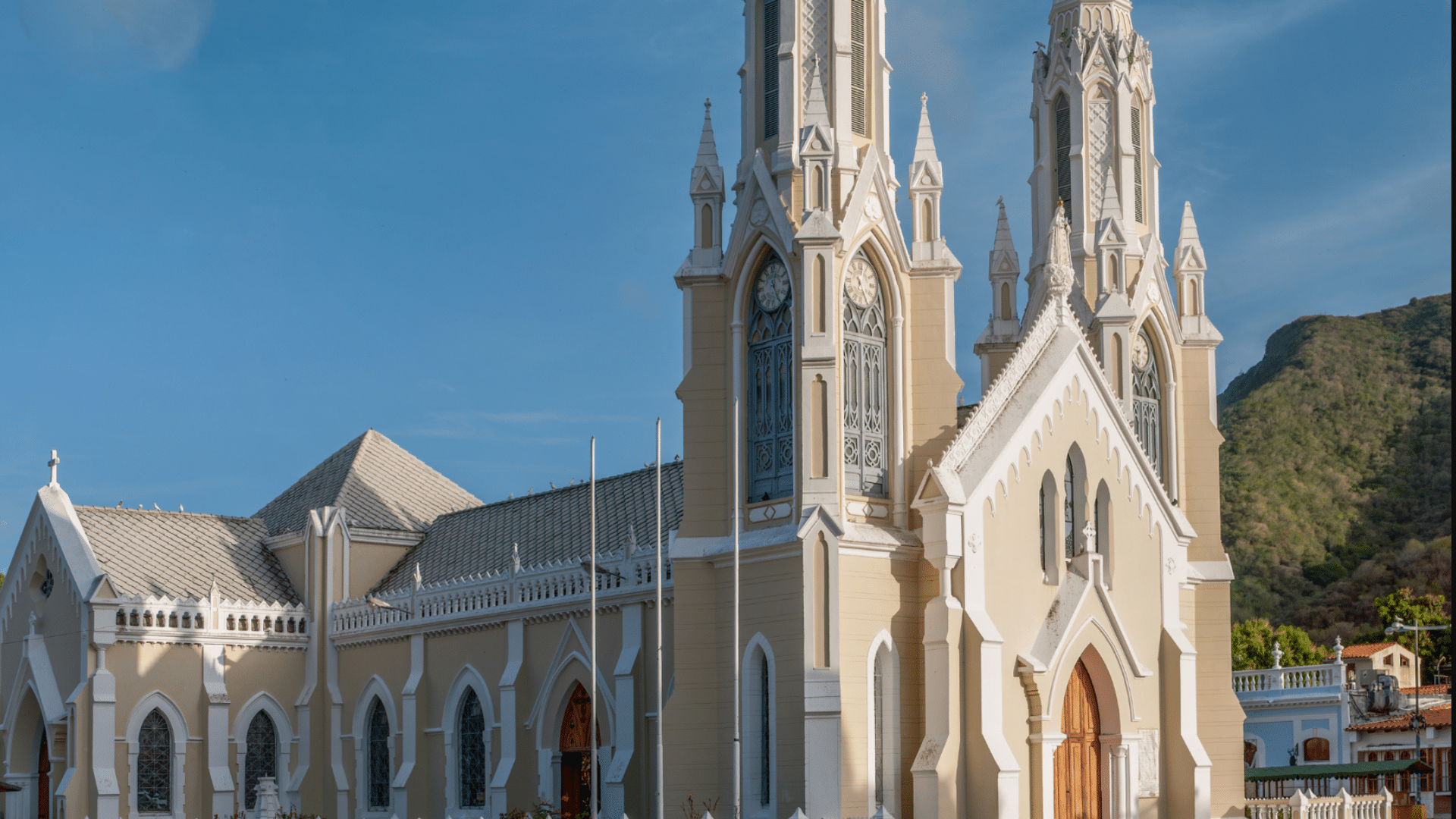
Completed in 1911, this basilica is the center of Venezuela’s most cherished Marian devotion.
Built in a neo-Gothic style with twin towers, it stands out as a landmark on Margarita Island’s coast.
Inside, it holds a small statue of the Virgin that has been honored since the 16th century. Local fishermen view her as their protector, and thousands of pilgrims visit the site each year to pay their respects.
7. Basílica de Nuestra Señora de Chiquinquirá – Maracaibo
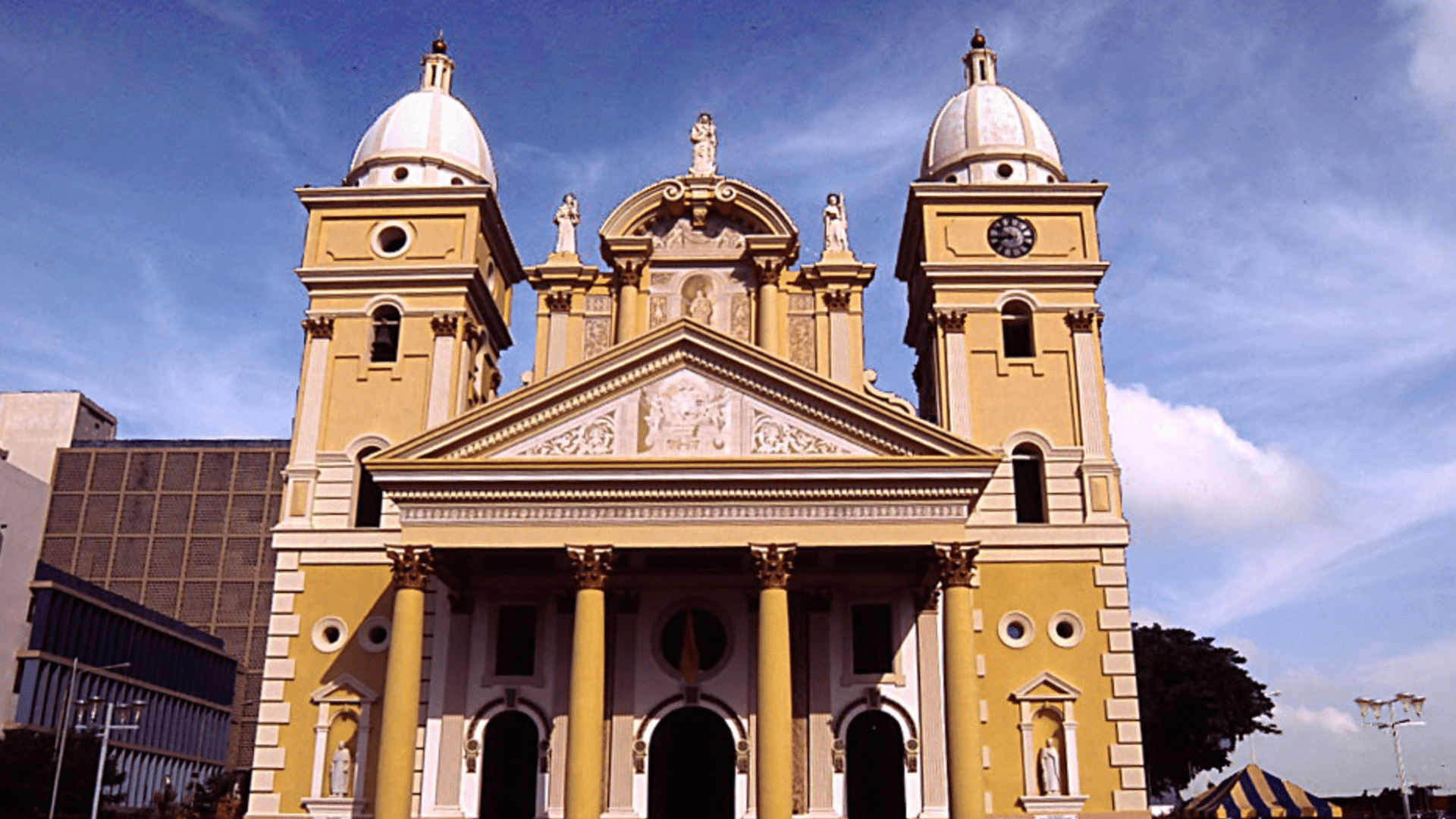
Known affectionately as “La Chinita,” this basilica is dedicated to the patron saint of Zulia state. Built in the early 20th century, it blends neo-Gothic and neo-Romanesque styles.
The façade is noted for its large rose window, while inside, it houses a highly respected image believed by many to have appeared in a miraculous way.
Each November, the site becomes a gathering place for people from all over Venezuela during the annual celebration in her honor.
8. Cathedral of Barquisimeto – Barquisimeto
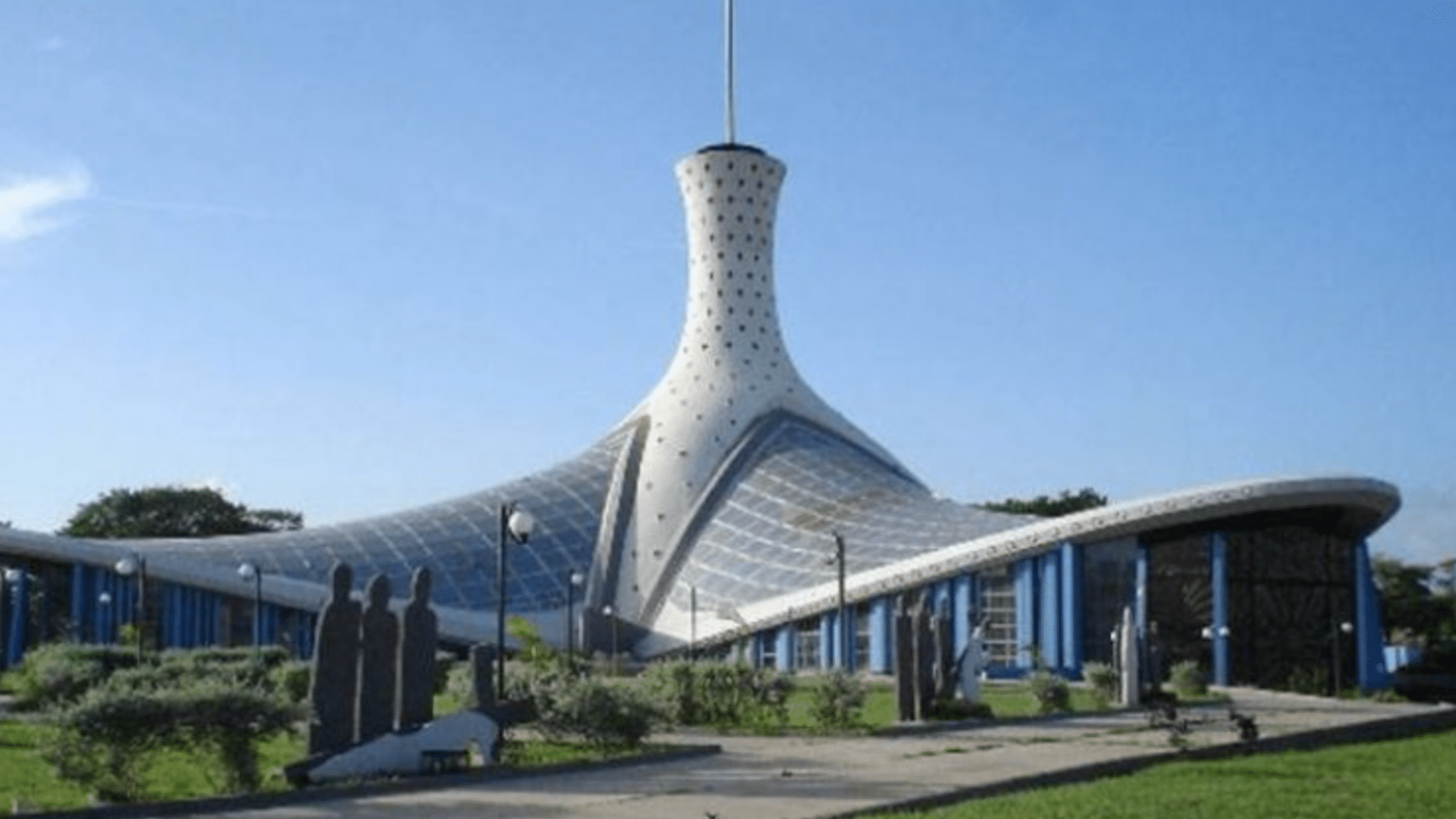
Built between 1953 and 1968, the Cathedral of Barquisimeto presents a modern approach to religious architecture.
Designed by Jahn Bergkamp, it features a 75-meter tower that can be seen from many parts of the city. The interior uses concrete in creative ways to shape natural light.
The cathedral honors Our Lady of Coromoto, who is recognized as the patroness of Venezuela, and the structure reflects a move away from older church styles.
9. Iglesia de la Candelaria – Caracas
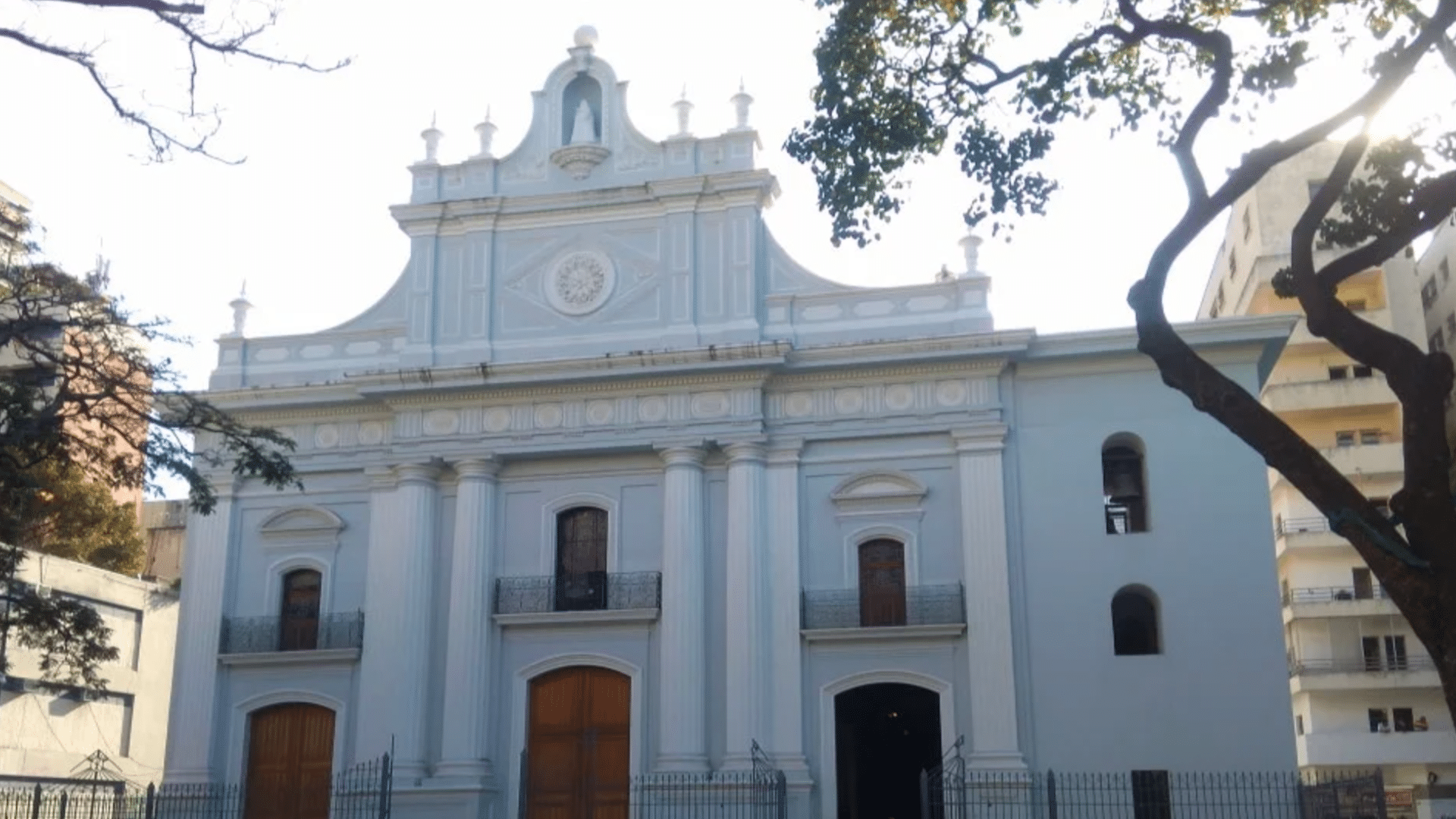
Constructed in the 1700s, this church is named after the patron saint of the Canary Islands, showing the cultural link between Venezuelans and Canary Islanders.
It has a Baroque façade with classical touches and an interior made up of three naves divided by arches.
Inside are valuable religious artworks. Notably, the church remained standing after the powerful 1812 earthquake that caused major damage in Caracas.
10. Iglesia de San Francisco – Caracas

Dating back to the 17th century, Iglesia de San Francisco is a place of both religious and national importance.
It was here that Simón Bolívar was given the title “El Libertador” in 1813. The structure combines Baroque and neoclassical elements, with a bell tower that is easily recognized in the Caracas cityscape.
Inside, visitors can see a golden altar and wooden ceiling work that stands out. Despite several major earthquakes over the centuries, the church has kept its structure and remains a historical site.
>Modern and Cultural Buildings
Venezuela experienced significant architectural development during the 20th and 21st centuries.
Modern buildings across the country showcase both international influences and local identity.
Many of these structures were built during periods of economic prosperity. They represent Venezuela’s cultural aspirations and artistic vision.
11. Monumento Manto de María – Barquisimeto
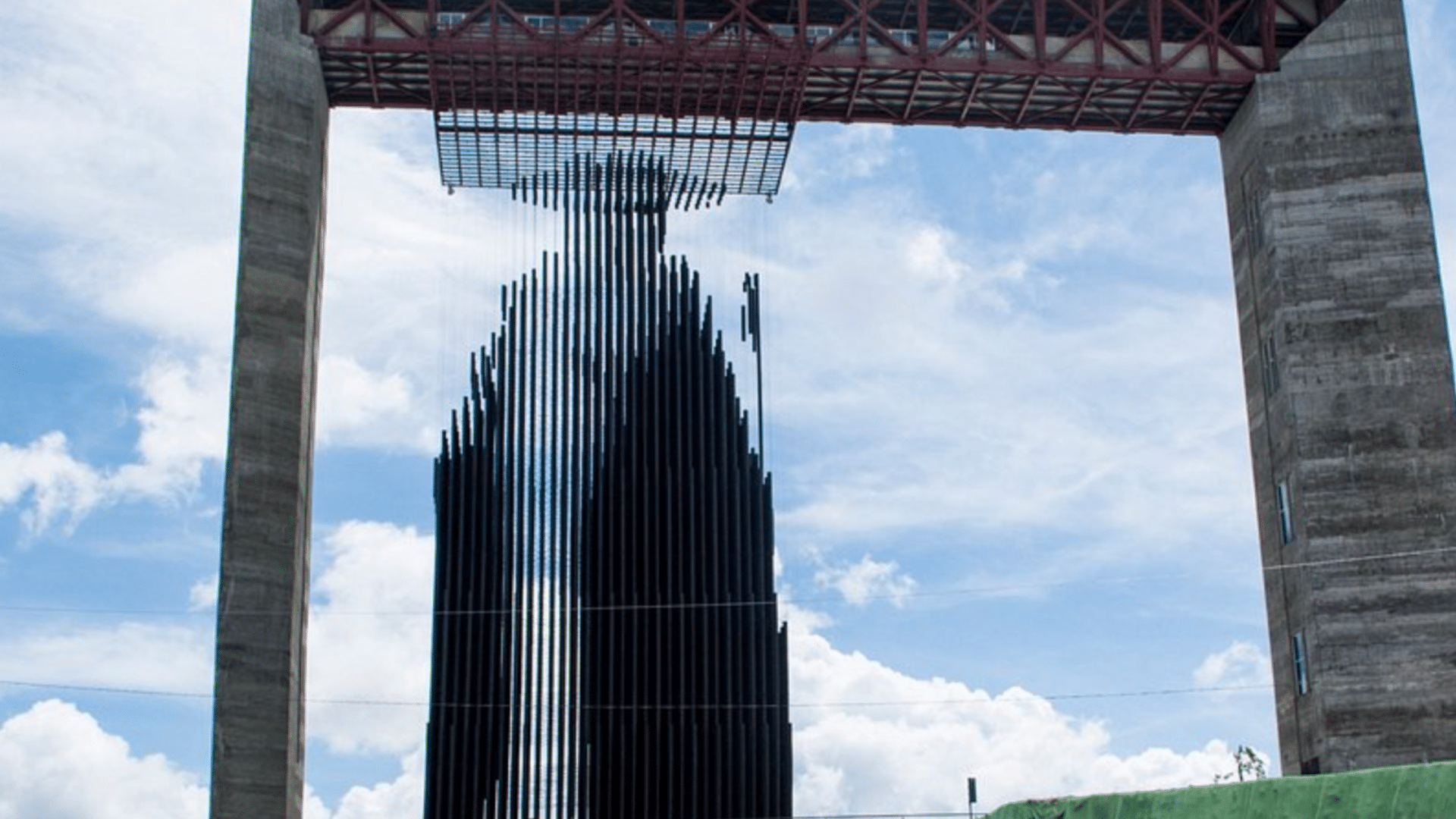
This was Completed in 2016, the Monumento Manto de María stands 63 meters tall and was designed by José Abreu León.
Dedicated to Our Lady of Coromoto, the patroness of Venezuela, the monument features a concrete structure resembling a flowing cloak.
This is visible from various points in Barquisimeto, it contains an interior chapel and was built on Loma de Guarico hill and then it quickly became a city’s landmark.
The monument combines religious significance with contemporary design, offering a unique blend of spiritual and modern architectural elements.
12. La Flor de Venezuela – Barquisimeto
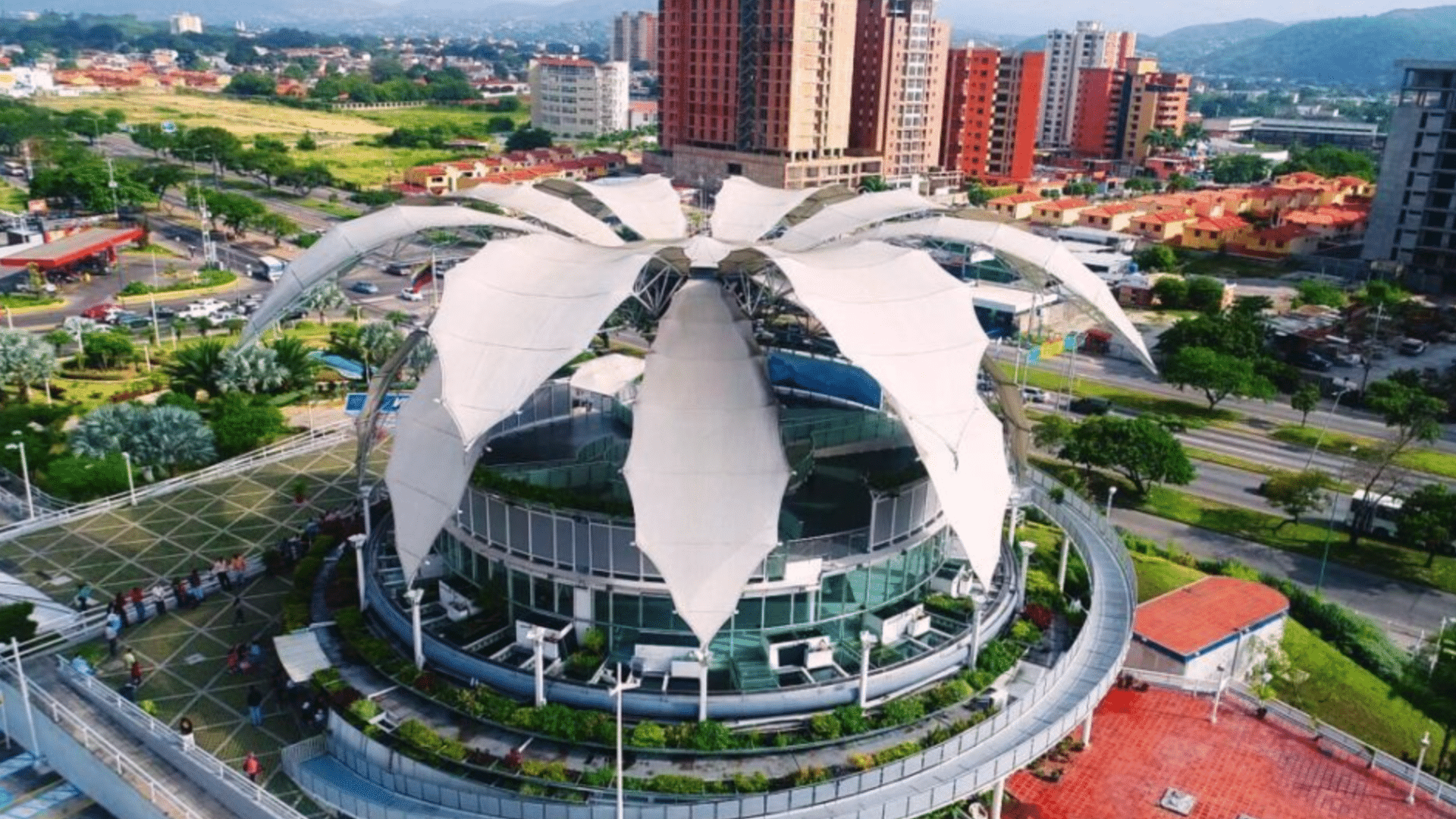
This was Built for Expo Seville in 1992 and later reconstructed in Barquisimeto, La Flor de Venezuela was designed by Fruto Vivas.
The structure resembles a giant flower that opens and closes, made from steel, aluminum, and polyester.
When fully open, it spans 39 meters. Inside its “petals,” the monument contains exhibition spaces and uses hydraulic systems to create movement.
Representing Venezuela’s natural beauty through architecture, it serves as both a monument and a cultural center.
13. Centro de Arte Los Galpones – Caracas
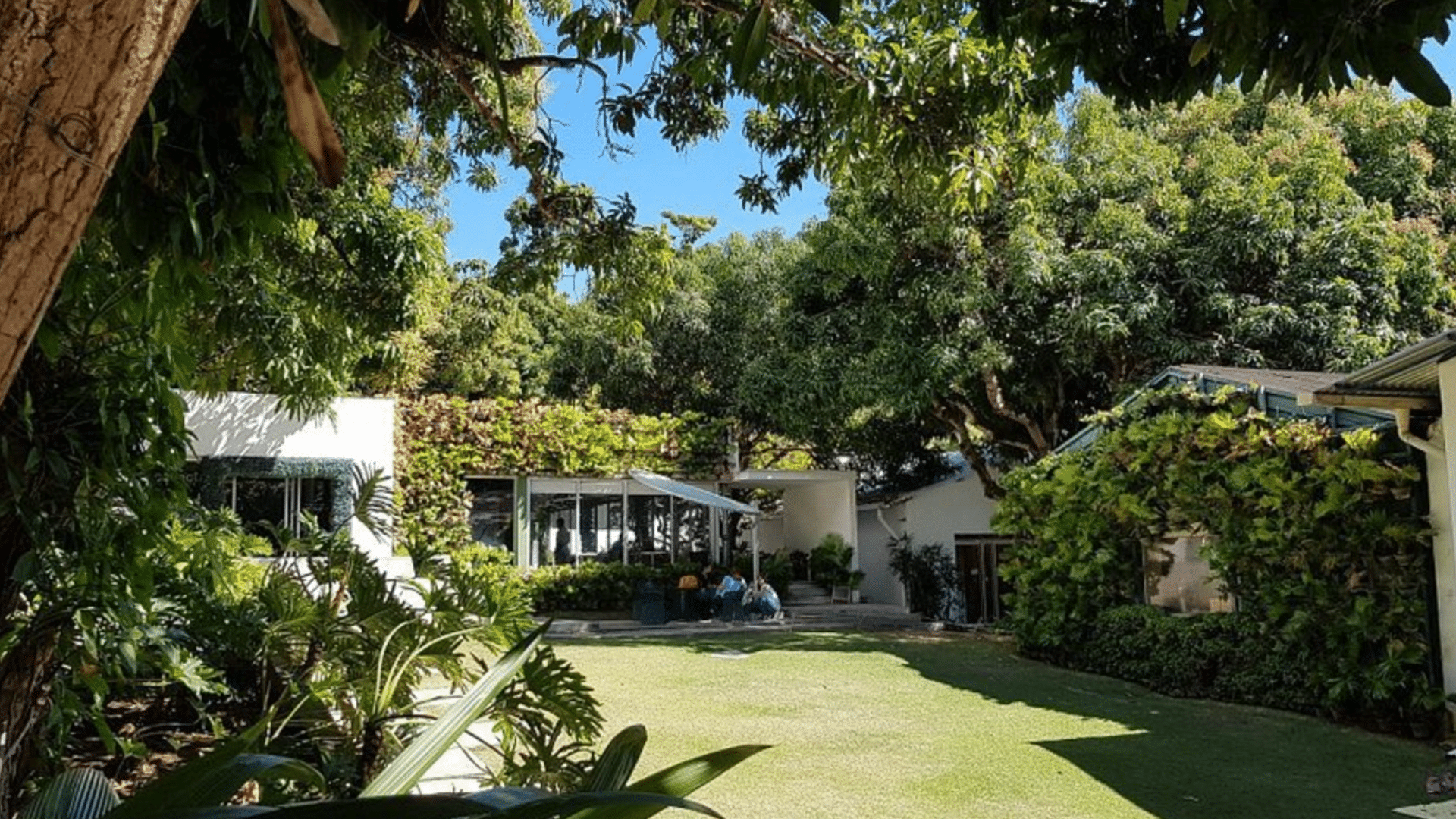
This was Converted from industrial warehouses in 2005, Centro de Arte Los Galpones is located in the Middle East section of Caracas.
The space now houses multiple art galleries and cultural areas, showcasing the adaptive reuse of industrial architecture.
The simple structures have been transformed into cultural venues, with open central areas connecting different exhibition spaces.
Hosting contemporary art exhibitions and cultural events, the center has become an essential part of Caracas’ cultural landscape, demonstrating how repurposed buildings can revitalize urban spaces.
14. Palacio de Miraflores (Presidential Palace) – Caracas

Built between 1884 and 1898 by Italian architect Luciano Orsini, the Palacio de Miraflores serves as the official workplace of Venezuela’s president.
The building showcases neoclassical architecture with local adaptations. Its white façade has become an iconic symbol in Venezuelan politics.
The palace contains ornate ceremonial rooms, government offices, and has been expanded several times throughout its history.
The gardens feature sculptures and commemorative monuments, and the building has witnessed many significant moments in Venezuelan politics.
15. Teresa Carreño Theater – Caracas
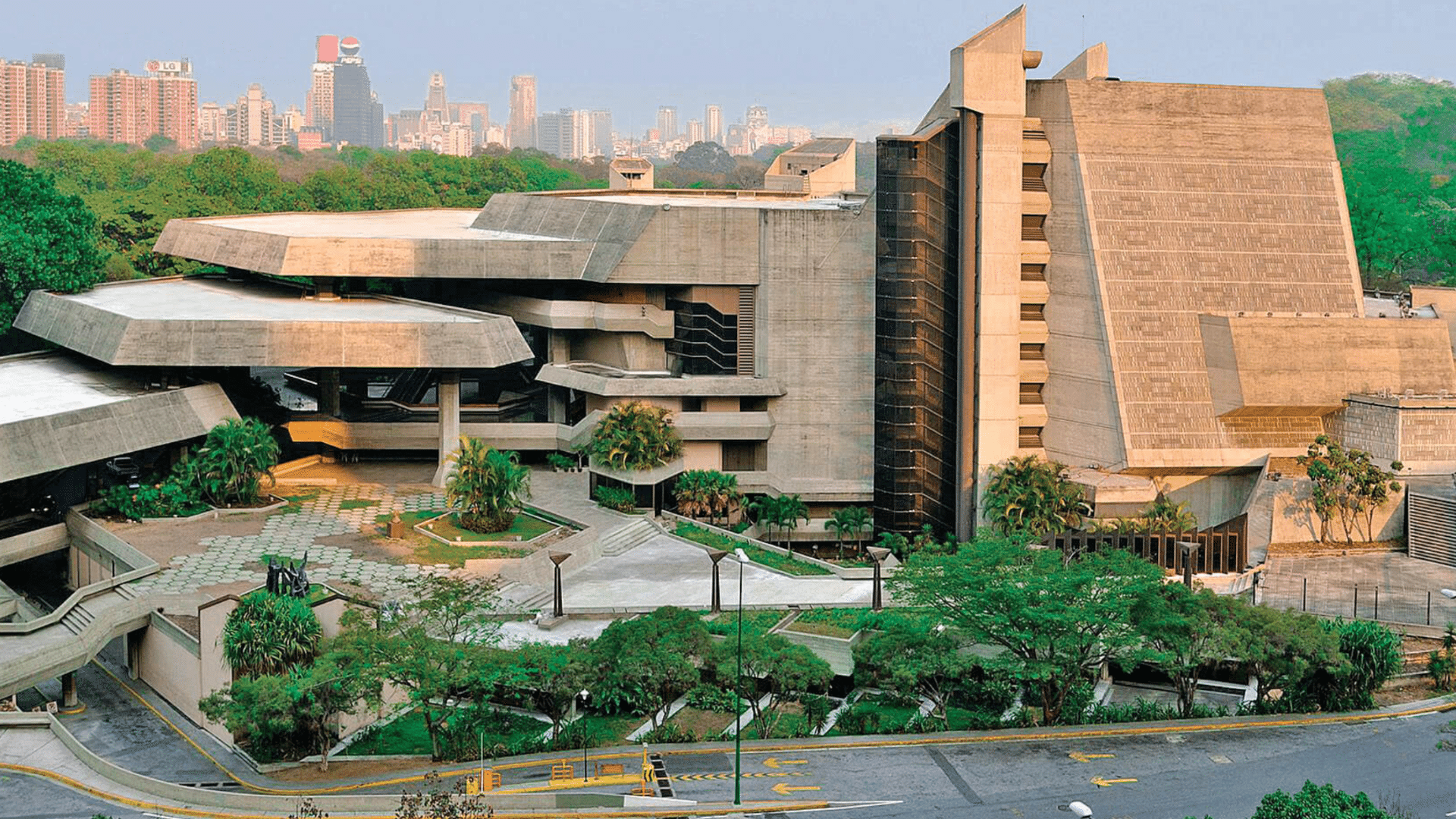
This was completed in 1983, the Teresa Carreño Theater is one of Latin America’s largest cultural complexes.
Designed by Hungarian-born Venezuelan architect Tomás Lugo, it includes multiple performance spaces, with the main hall seating 2,400 people.
The building incorporates brutalist architectural elements while offering softer interior spaces.
Constructed with concrete, glass, and Venezuelan woods, the theater is named after the famous Venezuelan pianist Teresa Carreño.
It houses the national symphony orchestra, and its acoustic design supports a variety of performance types. The complex also includes gardens and public spaces, further enhancing its cultural significance.
Forts, Castles, and Military Landmarks
Venezuela’s forts were built during colonial times to protect coastal cities. These strongholds defended against pirates and invasions and show the military design of that era.
16.San Carlos de Borromeo Fortress – Margarita Island
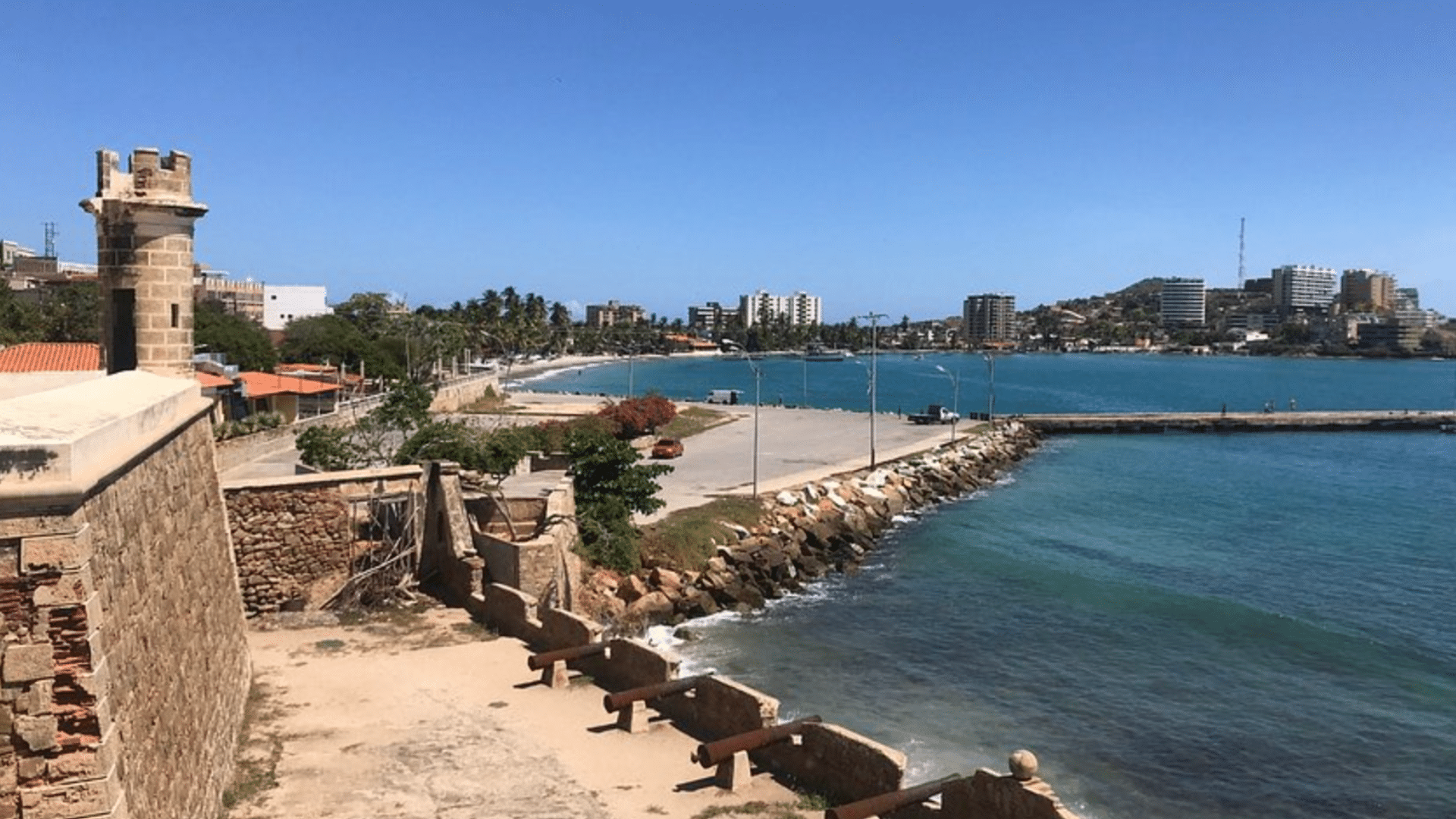
The San Carlos de Borromeo Fortress was constructed between 1664 and 1684 to defend Pampatar Bay.
Its design includes thick stone walls, a pentagonal shape, and strategically placed cannon positions for protection.
The fortress served as a prison during the wars of independence but is now a museum and a national monument, preserving its historical significance.
17.Fortín de La Galera – Margarita Island

Fortin de La Galera was built in the late 1700s on a hill overlooking Juan Griego Bay. Made from coral stone, it features gun ports and offers panoramic views of the coastline.
This fort was used by patriots during the independence struggle. It has since been restored to its original condition, showcasing the architectural style of that period.
Architectural Styles Seen in Venezuela
Venezuelan architecture displays a diverse range of influences spanning several centuries.
The country’s built environment shows how global architectural movements were adapted to local conditions.
Climate, available materials, and cultural factors shaped these adaptations. This variety creates a distinctive architectural identity across different regions of the country.
Colonial Spanish Influence
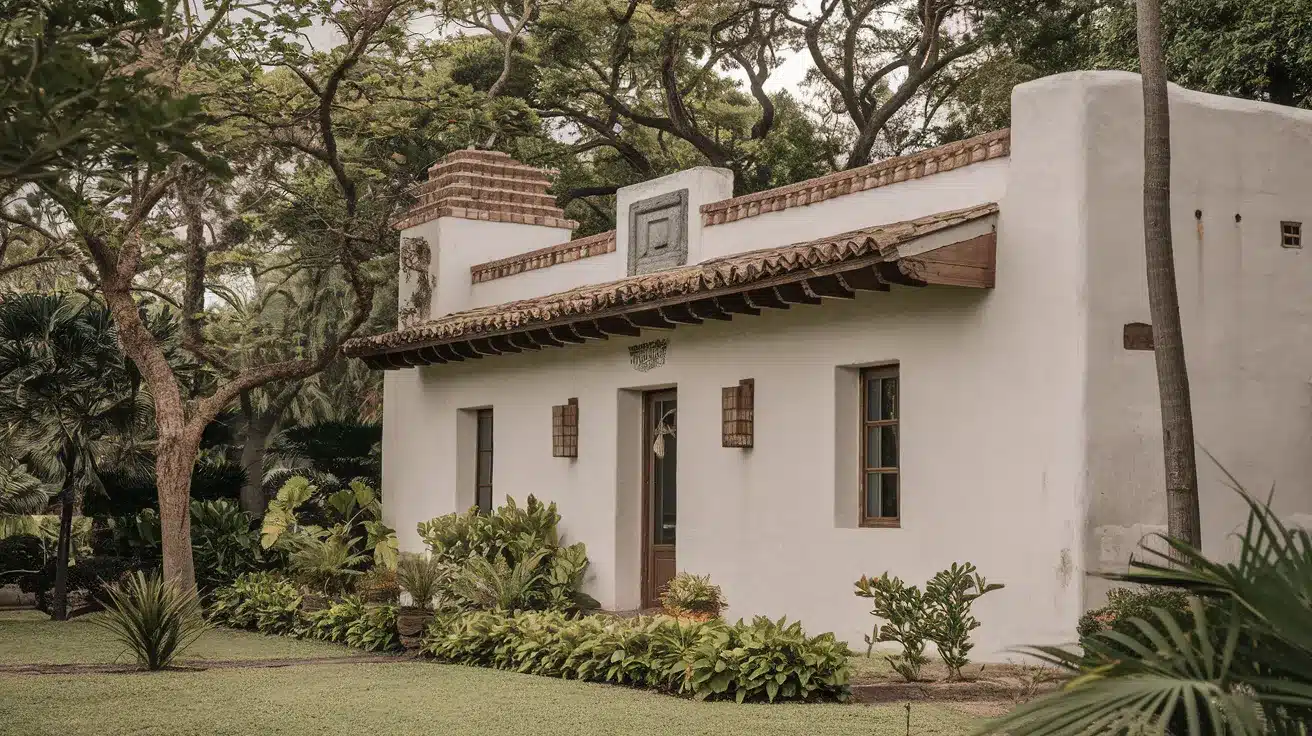
This architecture was introduced during the 16th to 17th centuries, is known for its thick adobe walls that provided natural thermal insulation.
Homes often included interior courtyards, or patios, which helped with airflow and kept the spaces cool.
Tiled roofs were common, designed to handle heavy tropical rains, while wooden balconies and latticed windows added both function and charm. The exteriors of these buildings were usually simple, in contrast to their more elaborate interiors.
Administrative buildings had more formal facades, reflecting their importance, while churches stood out as the most decorative and detailed structures in colonial towns.
Today, the best examples of this style can be seen in cities like Coro, Ciudad Bolívar, and parts of Caracas.
Neoclassical and Baroque Churches
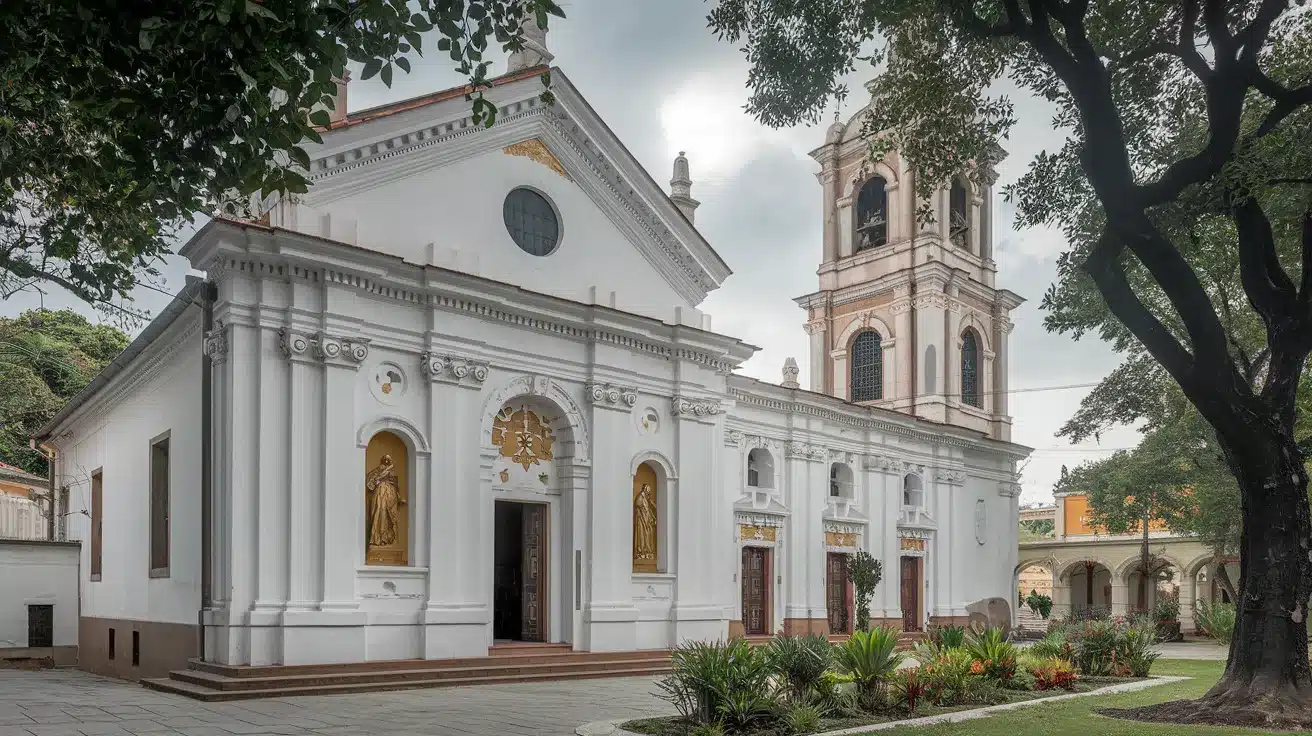
Religious architecture in Venezuela developed mainly during the 18th and 19th centuries, showcasing a mix of Baroque and Neoclassical styles.
Baroque churches are known for their ornate details and dramatic visual contrasts, while Neoclassical buildings display more balanced proportions and a restrained appearance.
Many churches combine elements of both styles, creating a unique architectural blend. Bell towers became key features in cityscapes, often serving as recognizable landmarks. Interiors were richly decorated with gold leaf and religious artwork.
These buildings often reflect local adaptations of European design, using materials like native woods, local stone, and occasionally imported marble.
This architectural richness symbolized the influence and wealth of the Catholic Church, with notable examples found across most major cities in Venezuela.
Modernist and Brutalist Public Buildings
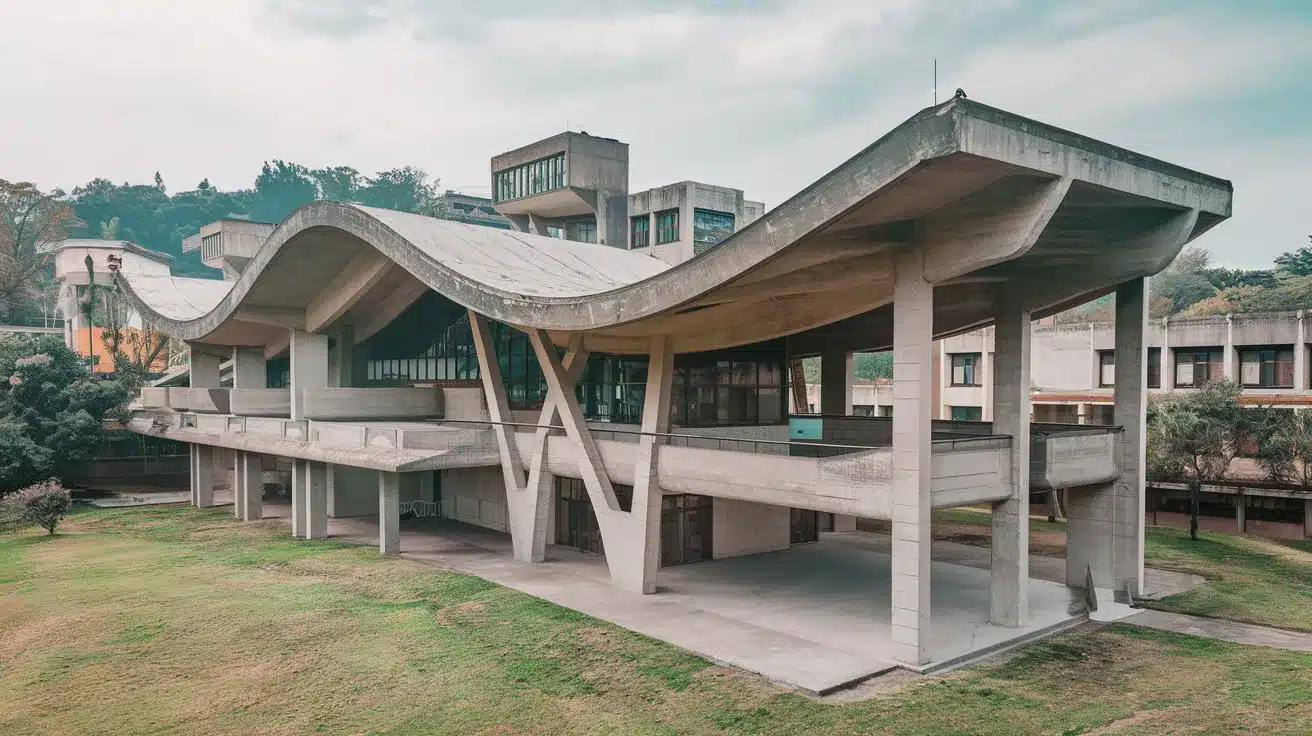
Modernist architecture in Venezuela emerged in the mid-20th century, during the country’s oil boom. It is marked by bold geometric shapes, exposed concrete, and a focus on functionality.
Architects like Carlos Raúl Villanueva played a major role in shaping this movement, with the Central University of Venezuela standing as a prime example.
These buildings were designed to suit the tropical climate, often featuring brise-soleil elements to reduce heat from direct sunlight.
Art and architecture were frequently combined, creating spaces that were both practical and visually expressive. Large open areas, dramatic overhangs, and clean structural lines were common features.
Modernist design also extended to public housing, where it was used on a large scale to reflect the country’s drive toward modernization and progress during that era.
Conclusion
Venezuela’s architecture reflects a rich mix of colonial churches, military forts, and striking modern structures, offering a direct link to the nation’s history and artistic vision.
While famous landmarks are essential to see, visiting lesser-known sites in smaller towns provides a more comprehensive understanding of Venezuelan cultural identity.
As these architectural pieces of history attract more attention, their preservation becomes crucial.
These buildings are not just historical remnants; they remain active spaces that continue to influence and shape community experiences across Venezuela.

